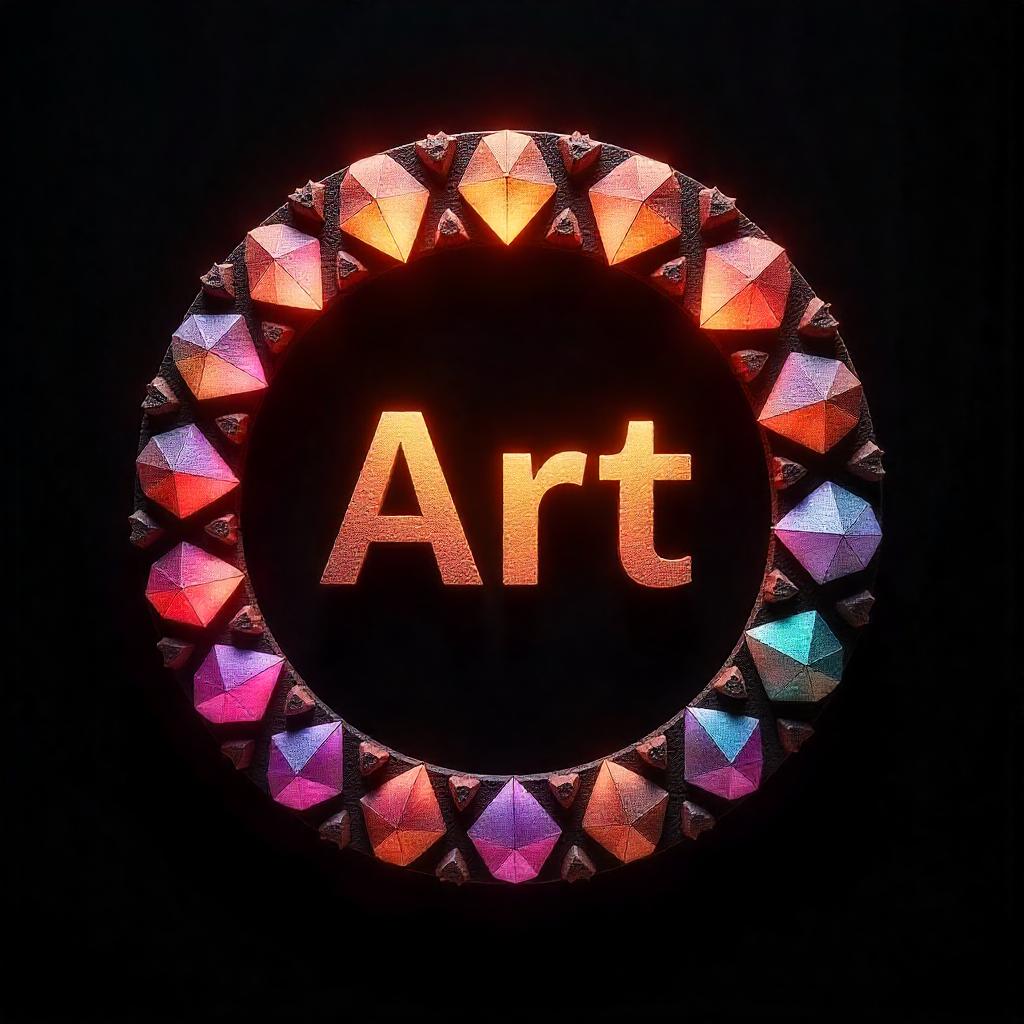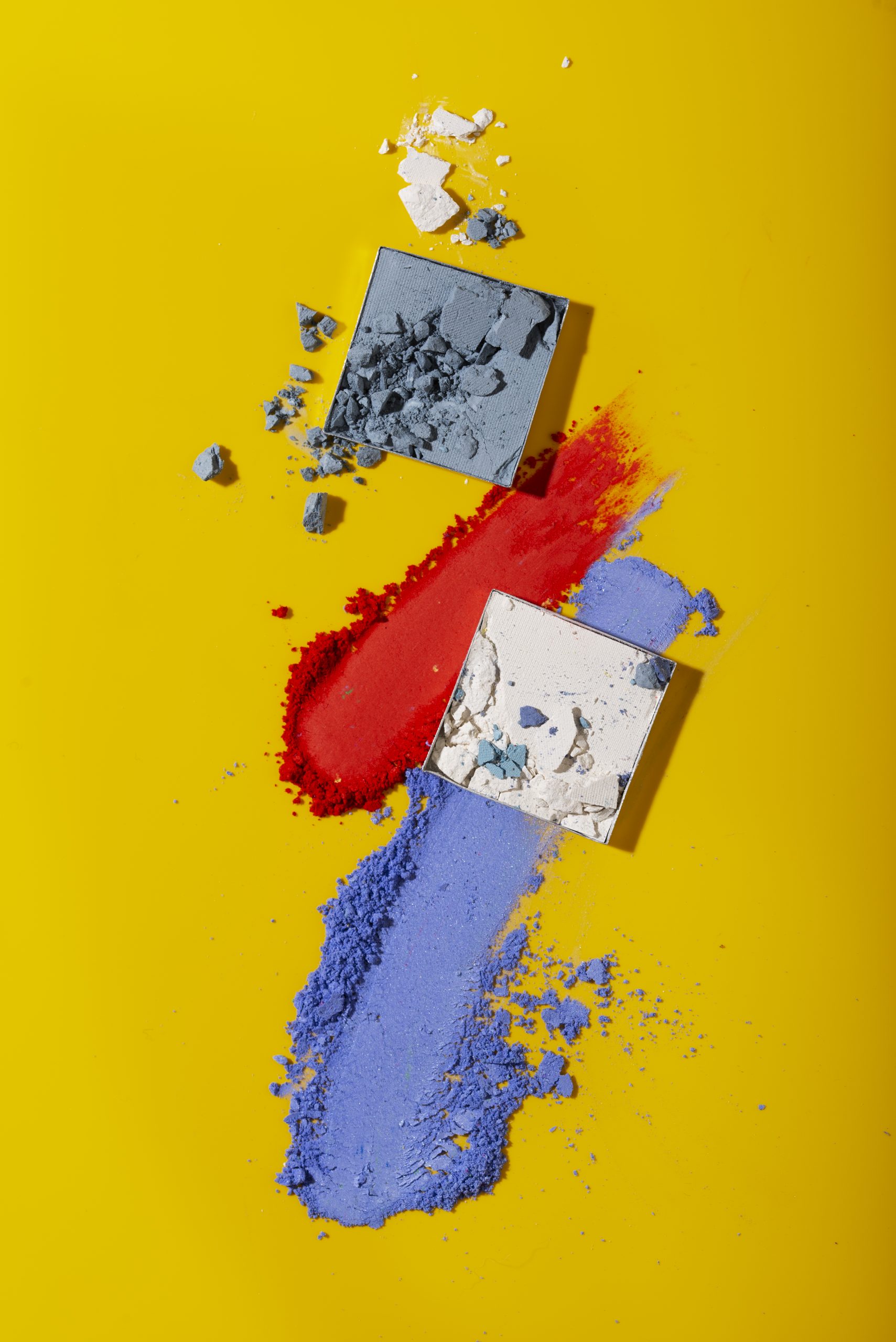Digital Art Fundamentals: Tools and Tricks for Stunning Creations
Digital art is a dynamic and versatile medium that allows artists to unleash their creativity with cutting-edge tools and techniques. Whether you’re a beginner or looking to refine your skills, understanding the fundamentals of digital art is the key to creating stunning visuals.
1. Essential Tools for Digital Art
To get started with digital art, you’ll need the right equipment and software.
a. Hardware
- Drawing Tablet: A must-have for precision and natural brush strokes. Popular options include Wacom, Huion, and iPad with Apple Pencil.
- Computer or Tablet: Ensure your device has enough processing power to handle digital art programs smoothly.
b. Software
- Adobe Photoshop: A professional favorite for detailed artwork and editing.
- Procreate: A popular choice for iPad users, offering intuitive tools.
- Clip Studio Paint: Ideal for comic and manga artists with its advanced features.
- Krita: A free and open-source program perfect for beginners and professionals alike.
2. Understanding Key Digital Art Concepts
a. Layers
Layers are a game-changer in digital art, allowing you to separate and organize different elements of your work.
- Why Use Layers: Make edits without affecting the rest of your artwork.
- Pro Tip: Use separate layers for the background, character, and details.
b. Brushes
Digital brushes mimic traditional mediums like pencil, watercolor, and oil paint.
- Explore Brush Settings: Adjust size, opacity, and flow to customize effects.
- Experiment with Textures: Many software programs offer downloadable brush packs for unique textures.
c. Resolution
High-resolution artwork ensures clarity and sharpness, especially for printing.
- Standard Settings: Start with a canvas of at least 300 DPI (dots per inch).
- Pro Tip: Use a larger canvas size than you think you’ll need—scaling down is easier than scaling up.
3. Tricks for Stunning Digital Creations
a. Master Blending Techniques
Smooth gradients and transitions bring depth and realism to your art.
- Smudge Tool: Blend colors naturally with tools like Procreate’s smudge feature.
- Opacity Adjustments: Use low-opacity brushes for soft blending.
b. Utilize Shortcuts
Keyboard shortcuts speed up your workflow.
- Examples: Use Ctrl+Z (Undo), Ctrl+T (Transform), and [ ] (Brush Size) for efficiency.
c. Explore Color Theory
Vibrant and harmonious color schemes elevate your digital art.
- Tools: Use color palettes and tools like Adobe Color Wheel to experiment with combinations.
- Pro Tip: Stick to complementary or analogous colors for balance.
4. Practice Makes Perfect
Digital art is a skill that improves with consistent practice.
- Start Small: Focus on simple studies like shapes, light, and texture.
- Follow Tutorials: Online resources, such as YouTube and Skillshare, provide excellent step-by-step guidance.
- Engage with the Community: Share your work on platforms like DeviantArt, ArtStation, or Instagram to get feedback and inspiration.
5. Inspiration for Your Next Digital Project
- Character Design: Create original characters or reimagine existing ones.
- Landscapes: Practice lighting and texture with scenic compositions.
- Fan Art: Dive into popular fandoms to build your skills and connect with a supportive audience.
Final Thoughts
Digital art is a thrilling way to express yourself, combining traditional artistic principles with modern technology. By mastering the tools and techniques mentioned above, you’ll be on your way to creating digital masterpieces that captivate and inspire. Start experimenting today, and let your imagination take the lead!



